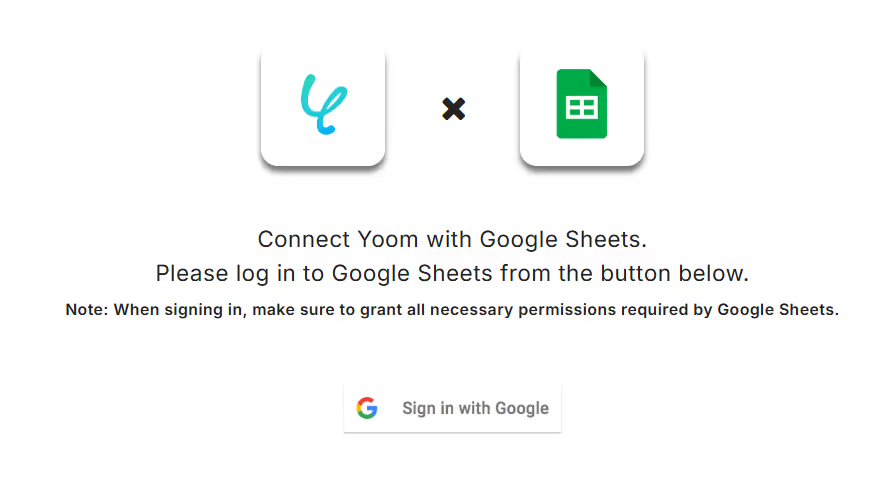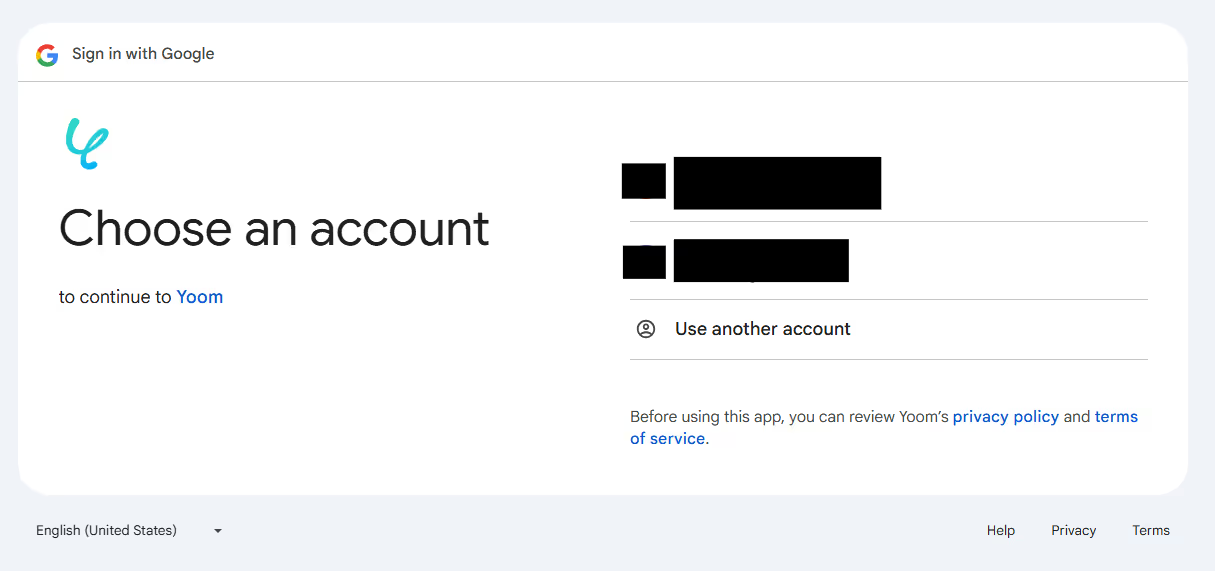(2) Select a project from the workspace list as desired.
※ The copied template will be stored in "My Projects" within the project selected in (2).
(3) Click "Edit" at the top right of the flow list screen.
Step 2: Set the Trigger
First, check out How to Forward Emails from Gmail and Activate Email Triggers!
(1) Click "Email Trigger" from the flow list screen.
(2) Set the title.
※ You can use the originally set title as is!
(3) Optionally enter for creating a receiving address.
(4) Set each item of the trigger conditions.
- Search location: Select as desired from the dropdown menu.
- Search condition: Select as desired from the dropdown menu.
- String: This time, set as "Interview Appointment".
(5) Click Next.
■ Test the Email Trigger
(6) If there are no errors in the test, click Save.
Step 3: Extract Data from Text
(1) Click "Extract Data from Text".
(2) Set the title.
※ You can use the originally set title as is!
(3) Set the conversion type to Data Extraction (2 Tasks).
(4) Click Next.
■ Set Details
(5) Set each item.
- Target text: Set {{Body}} from the output.
- Items to extract: Specify the items to extract from the target text, separated by commas (e.g., Name, Contact, Interview Date, Interview Time).

(6) If there are no errors in the test, click Save.
Step 4: Operate the Database
(1) Click "Operate the Database".
(2) Set the title.
※ You can use the originally set title as is!
(3) Check if the account information to be linked is correct.
※ If the account information is not displayed, click +Add Linked Account to register.
(4) Select "Add Record" for the execution action.
(5) Set each item of the database linkage.
- Spreadsheet ID: Select as desired from the candidates.
- Spreadsheet tab name: Select as desired from the candidates.
- Table range: Specify in text.
(6) Click Next.
■ Detailed Settings for Database Operation
(7) Set each item of the values for the record to be added.
- Name: Specify in text this time.
- Contact: Specify in text this time.
- Interview Date: Specify in text this time.
- Interview Time: Specify in text this time.
(8) Click Test and check Google Spreadsheet!

(9) If there are no errors, click Save.
Step 5: Integrate with Google Spreadsheet
(1) Click "Integrate with App".
(2) Set the title.
※ You can use the originally set title as is!
(3) Check if the account information to be linked is correct.
※ If the account information is not displayed, click +Add Linked Account to register.
(4) Select "Get Values" for the action.
(5) Click Next.
■ API Connection Settings
(6) Set each item.
- Spreadsheet ID: Select as desired from the candidates.
- Sheet name: Select as desired from the candidates.
- Range: Specify in text.
- Direction: Select as desired from the dropdown menu.

(7) If there are no errors in the test, click Save.
Step 6: Integrate with Google Calendar
(1) Click "Integrate with App".
(2) Set the title.
※ You can use the originally set title as is!
(3) Check if the account information to be linked is correct.
※ If the account information is not displayed, click +Add Linked Account to register.
(4) Select "Create Event" for the action.
(5) Click Next.
■ API Connection Settings
(6) Set each item.
- Calendar ID: Select as desired from the candidates.
- Event title: Set {{Subject}} from the output.
- Event start date: Set {{Interview Date}} from the output.
- Event start time: Set {{Interview Time}} from the output.
- Event end date: Set {{Interview Date}} from the output.
- Event end time: Set {{Retrieved Value}} from the output.
- Event description: Set text this time (e.g., An interview appointment has been made!)

(7) Click Test and check Google Calendar!

(8) If there are no errors, click Save.
(9) Return to the flow list screen and change the app trigger to ON to complete the flow settings!


























.avif)


.avif)





